About the Chicago Southland
The Chicago Southland's past is a source of history and pride for its many residents. Before the nation's first European settlers arrived in the region, Native American foot trails crisscrossed the Southland, with names like the Vincennes Trail leading north to south, and Sauk Trail, running from the Fort of Detroit to the Mississippi River and crossing south of what is today Interstate 80.
Since its inception, the Chicago Southland has been a region of business and travel. With the start of construction on the Illinois and Michigan Canal in 1836, trading posts and supply stops developed along the waterway to serve the thousands of European immigrants who worked on the canal. Running through the southern section of the growing metropolis and connecting Chicago to the Illinois and Mississippi Rivers, the I & M Canal contributed to the growth of Chicago itself and a host of Southland communities.
As decades passed and the region grew, railways took over the bulk of transportation needs for the Southland and the entire metropolitan area. Bringing goods and people to Chicago from points east, these major railroads entered Chicago through the Southland, providing the transportation needed to move thousands of people every year to the Midwest and beyond. Americans planning to settle in the West often stopped in Southland communities built along the railway lines as residential villages and small industrial cities. These include Blue Island, Chicago Heights, Crete, Homewood, Frankfort and others. Many of these travelers remained in the Chicago Southland, and their descendants remain today.
Early settlers to the Southland were third- and fourth-generation families from the eastern United States, along with those of German, Dutch, Irish and Italian origin, and as the region grew, virtually every other nationality migrated to the area. Several Chicago Southland communities, including Crete, Glenwood, Park Forest and Riverdale, are near sites of Underground Railroad stops, once farms and homes that sheltered slaves in their quest for freedom.
With the arrival of the automobile, population exploded in the region. A young Lt. Colonel Dwight D. Eisenhower accompanied a platoon on the first motorized cross-country military truck convoy several years after World War I. The convoy took Lincoln Highway, the nation's first transcontinental paved roadway, which developed starting in 1913. Later, when Eisenhower became President, his memories of that convoy contributed to the development of the Interstate Highway System.
Dixie Highway, another famous route in the Chicago Southland, was first designated in 1915, when the founder of the Lincoln Highway movement, Indianapolis automobile executive and Florida land developer Carl Fisher, charted a route to bring Northerners south to buy land in the Sunshine State. The Lincoln and Dixie Highways crossed in Chicago Heights, which was known for many years as the Crossroads of the Nation.
Many Southland communities saw huge population surges after World War II. Park Forest internationally known as a planned community was designed for returning veterans. As time passed and demographics changed, Park Forest entirely rebuilt its downtown area to encourage the growth of smaller businesses and arts-related ventures. Small, historic villages like Matteson and Orland Park grew into large, automobile-based suburbs.
While the Chicago Southland has adapted to the technological changes of the new millennium, it is mindful of its past. Historic preservation is an active part of many Southland communities' long-range plans, though not a hindrance to sensible growth. It's a perfect mix of past and present, a mix that sustains the viability of the Chicago Southland region as an exceptional location for people from all walks of life.
Click here for a list of fun facts about the Chicago Southland.


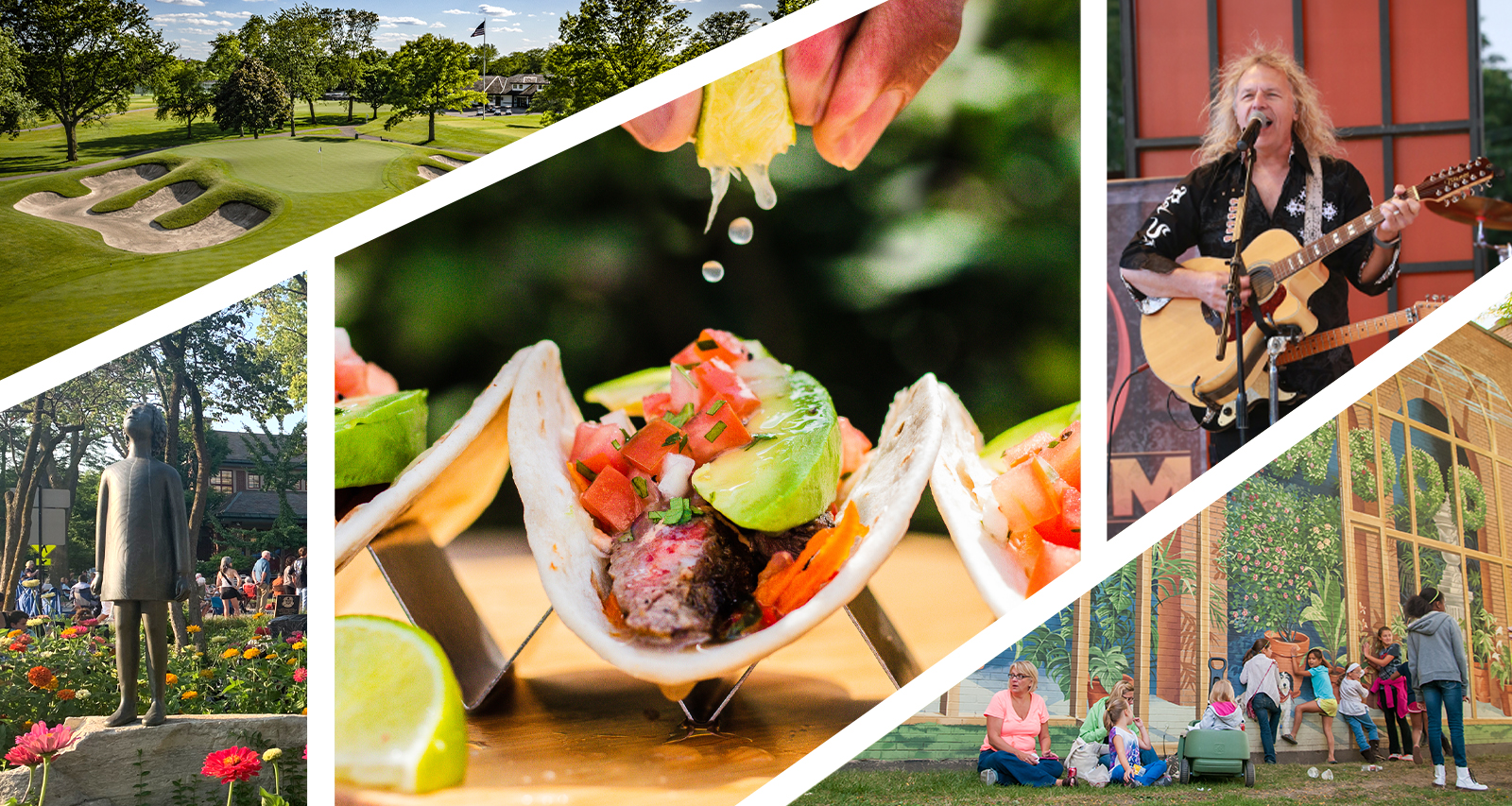
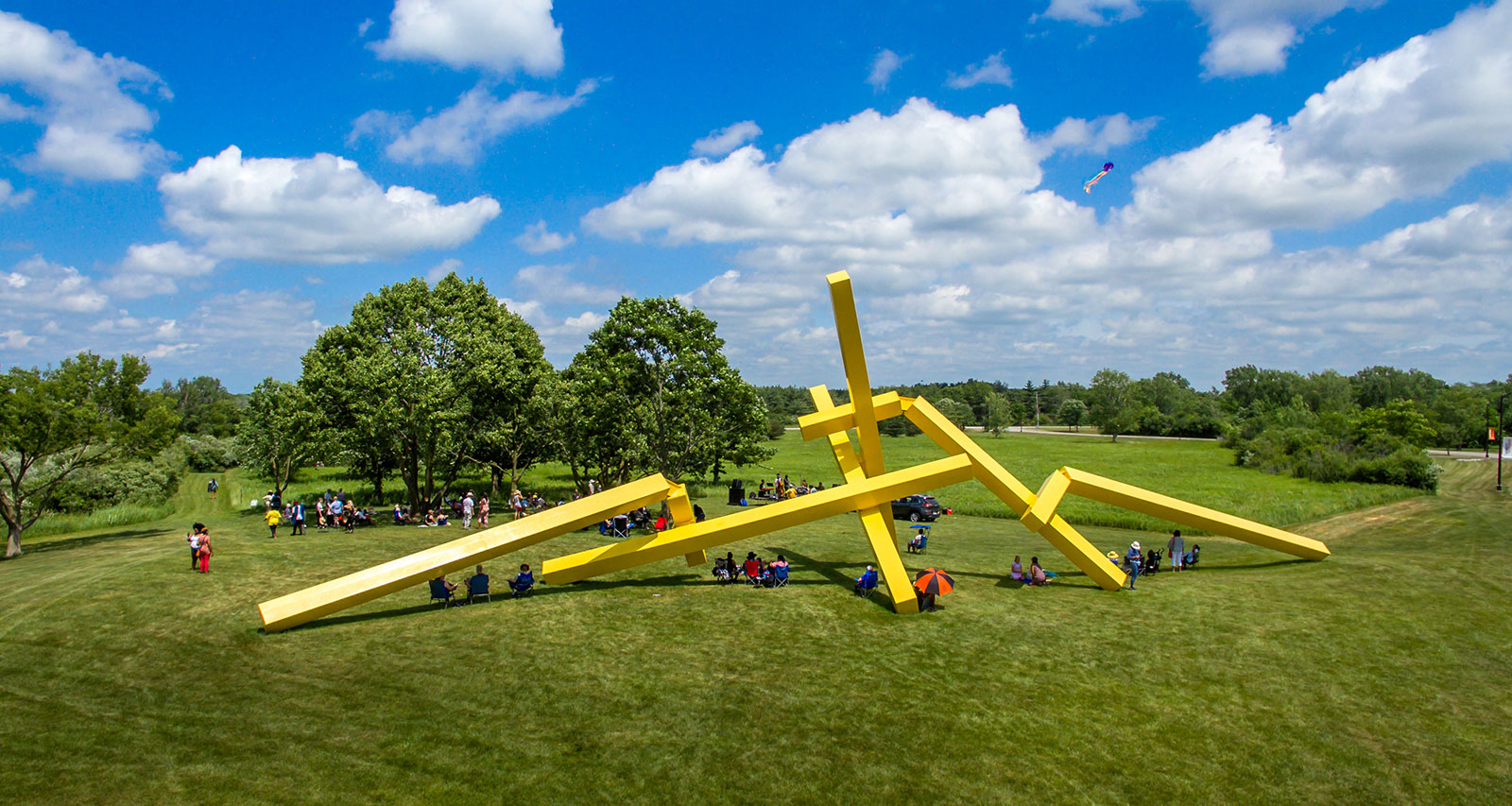
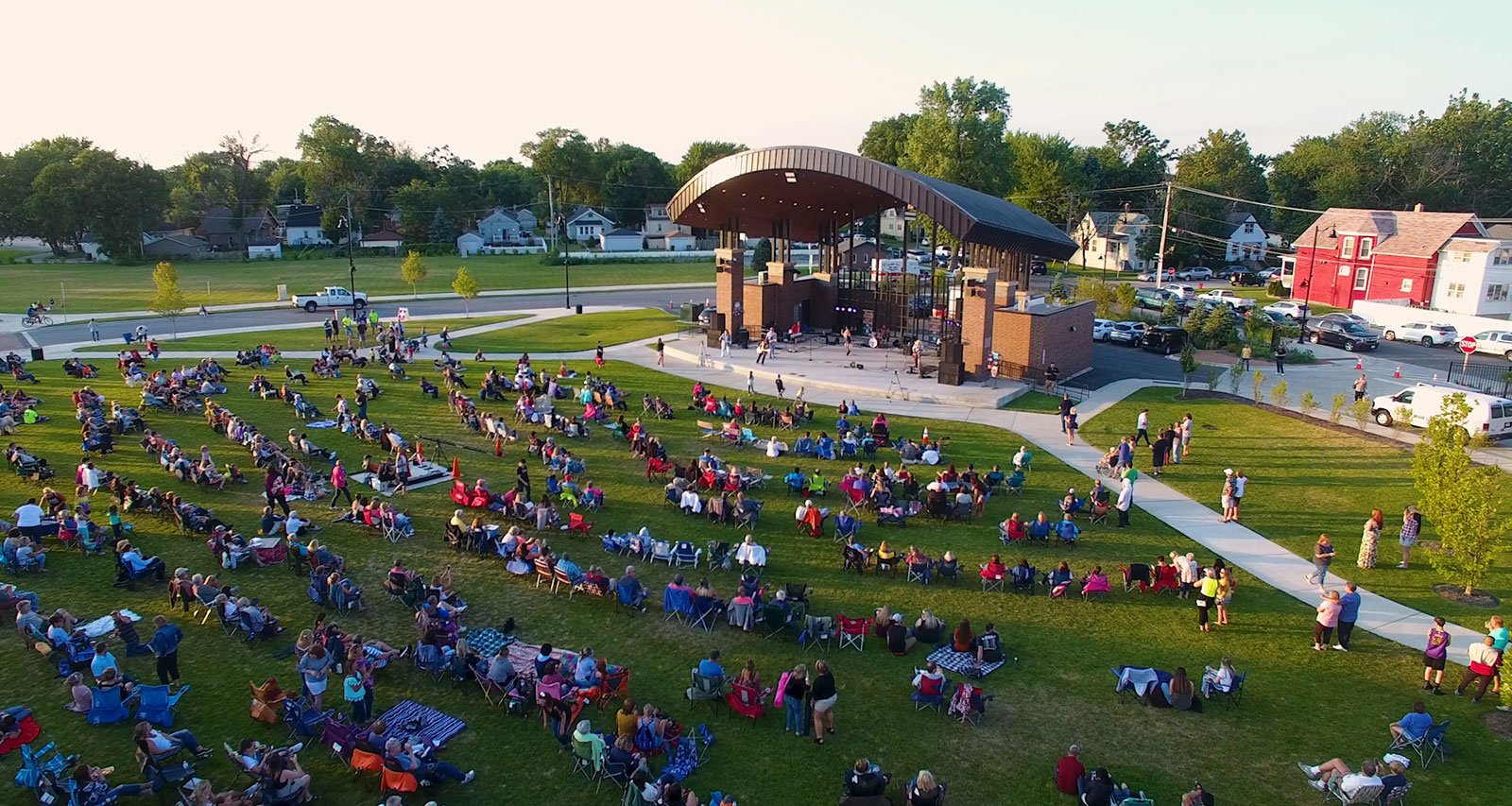

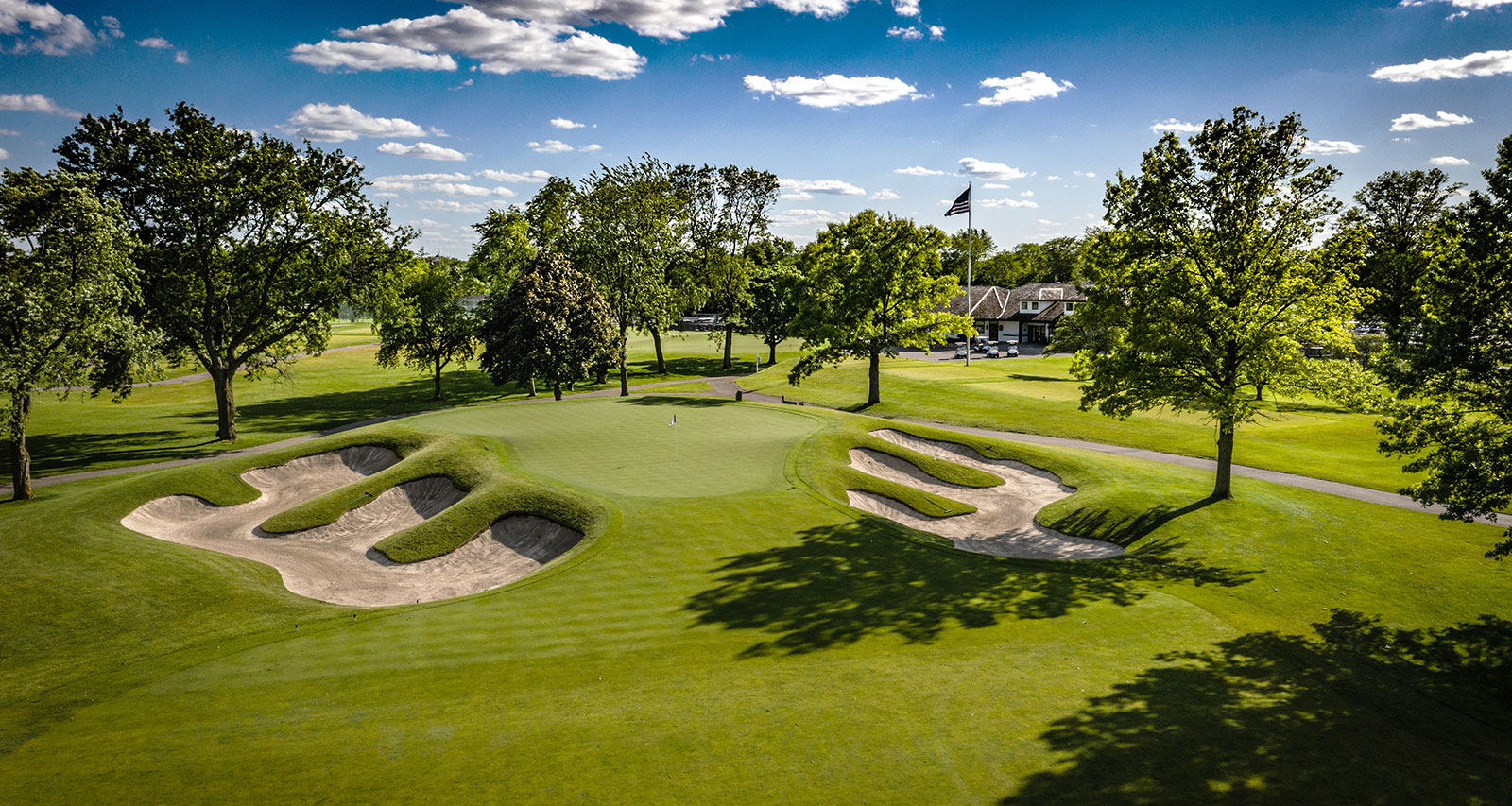
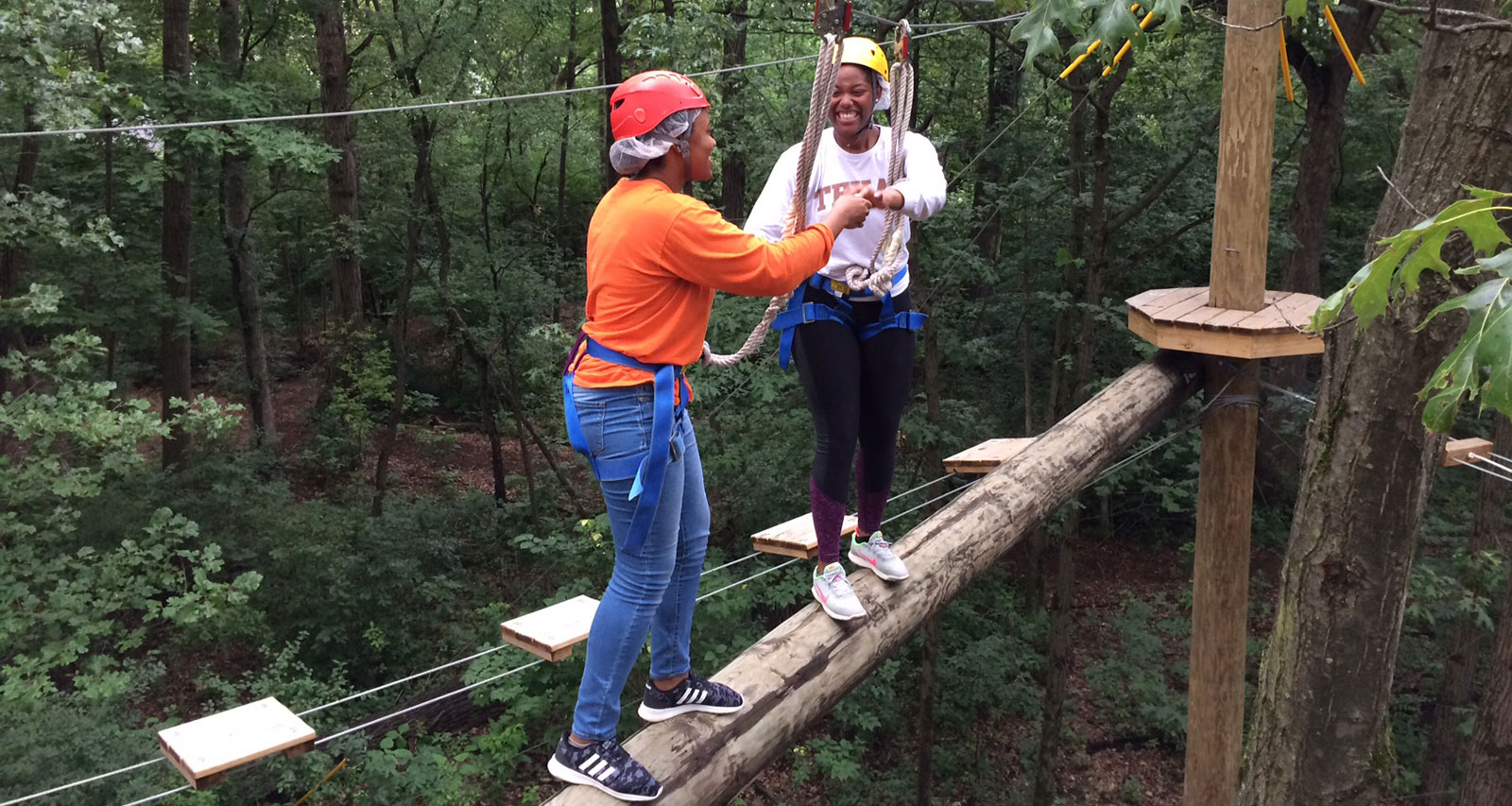

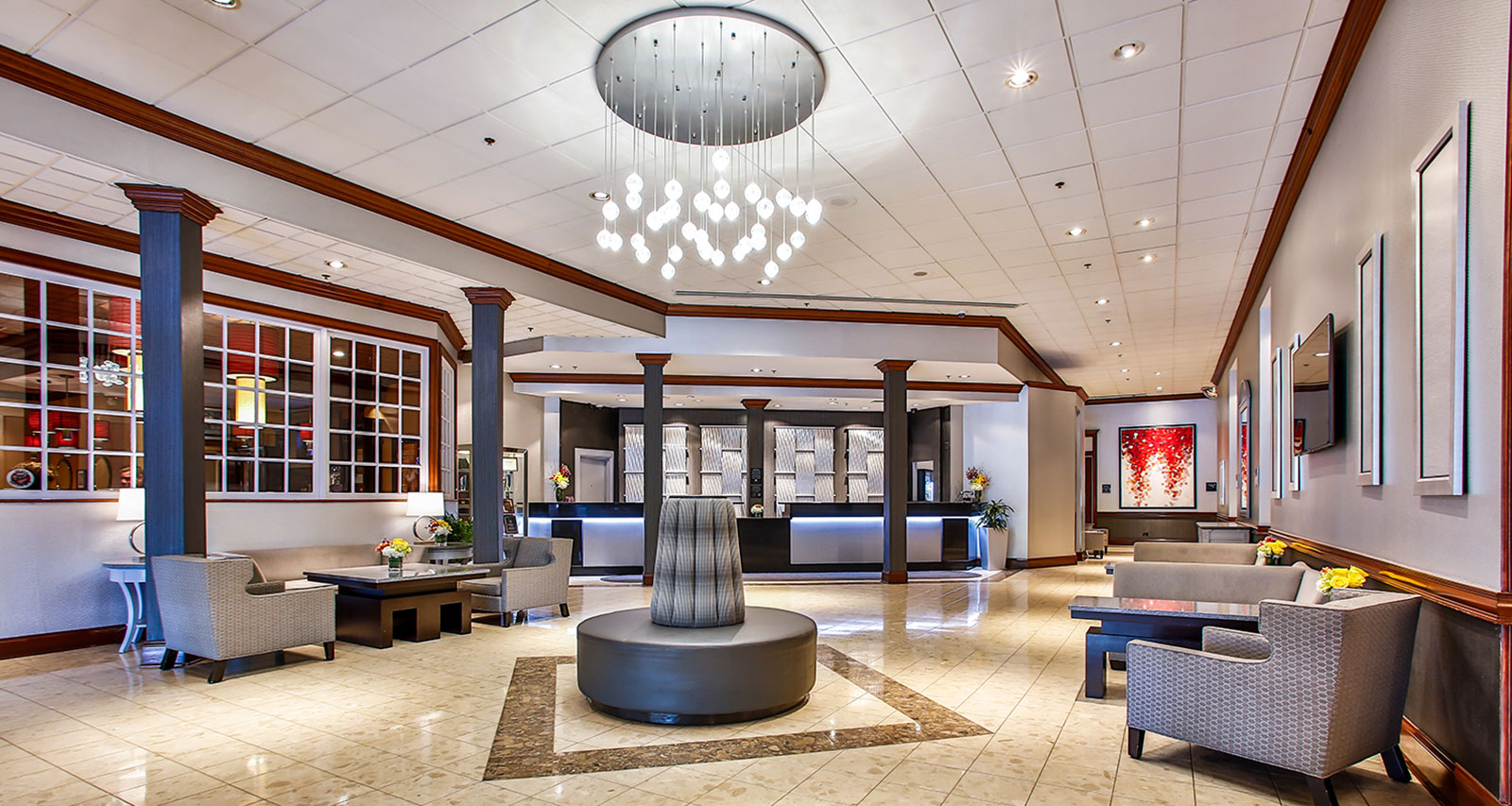
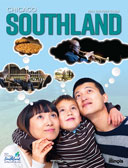








THINGS TO DO
EVENTS
DINING
ACCOMMODATIONS
PLAN YOUR TRIP
BLOG
MEETINGS
SPORTS
GROUP TOURS
SOCIAL EVENTS
MEDIA
MEMBERSHIP
ABOUT US
FACEBOOK
YOUTUBE
TWITTER
INSTAGRAM
LINKEDIN
TRIP ADVISOR
CONTACT US SITE MAP PRIVACY POLICY & DISCLAIMER
© Copyright 2001-2024 Visit Chicago Southland. All Rights Reserved. Developed by J Rudny, LLC
19900 Governors Drive, Suite 200| Olympia Fields, IL 60461-1057
(708) 895-8200 | Toll Free (888) 895-8233 | FAX (708) 895-8288